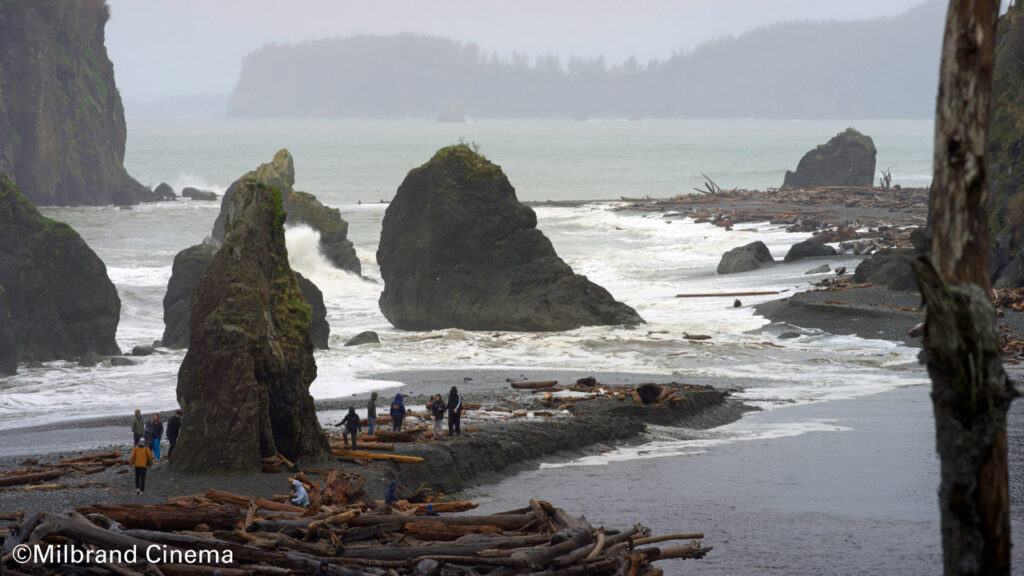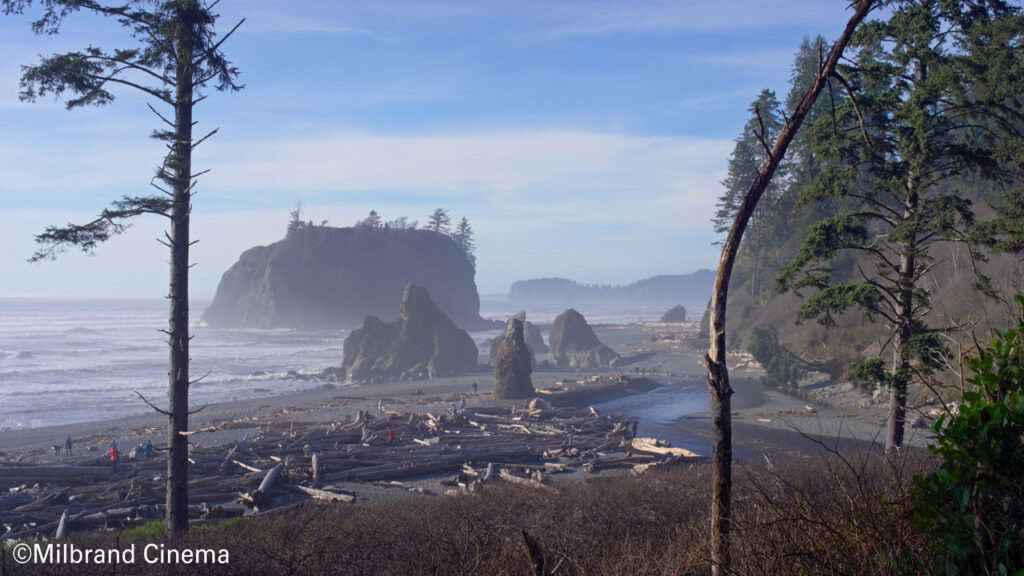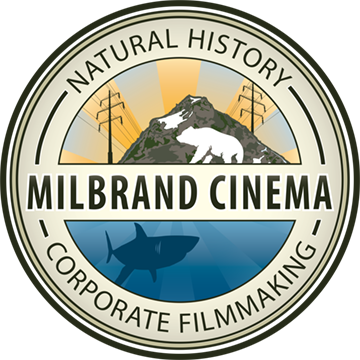Within the Puget Sound, 14 population groups of salmon are considered a threatened or an endangered species. After living in the ocean for several years, salmon return to the same creek where they were born, to spawn, lay eggs and die. When salmon return to their natal creek, it’s a called a “salmon run”. The fish below are chum salmon, also knownas dog salmon, Oncorhynchus ket. Washington State Parks offers a glimpse of these iconic fish.
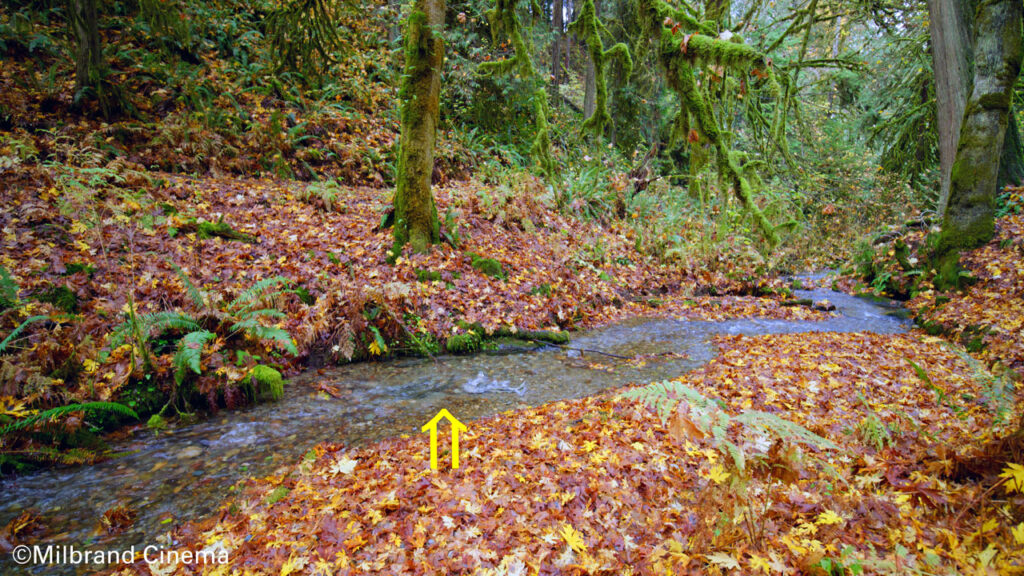
Spawning season varies from species to species, and it only lasts for a few weeks. Some creeks have multiple species while other creeks are small, and can only support one species.
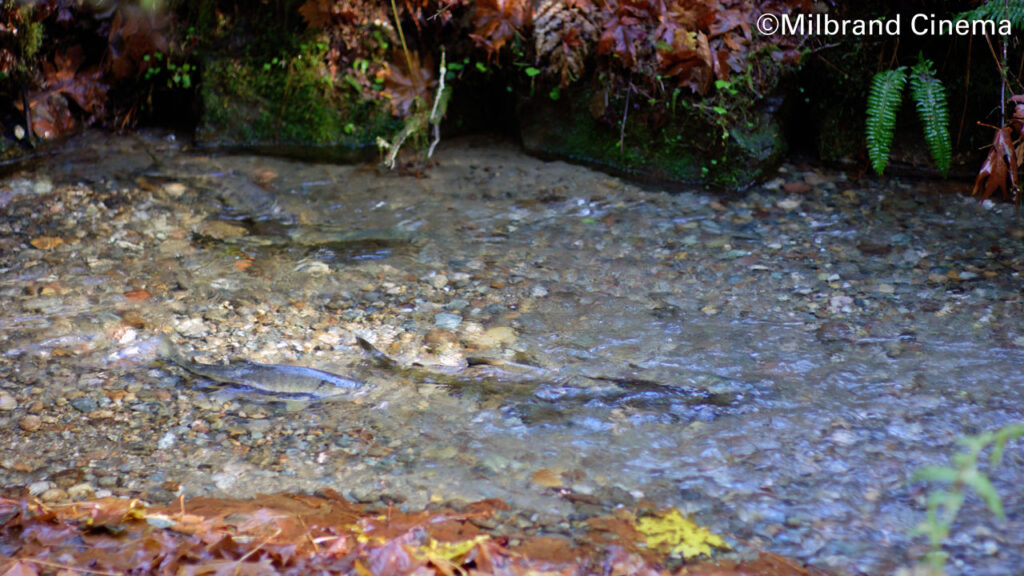
Different creeks have spawning runs for different species, some species spawn “run” in both the summer and winter.
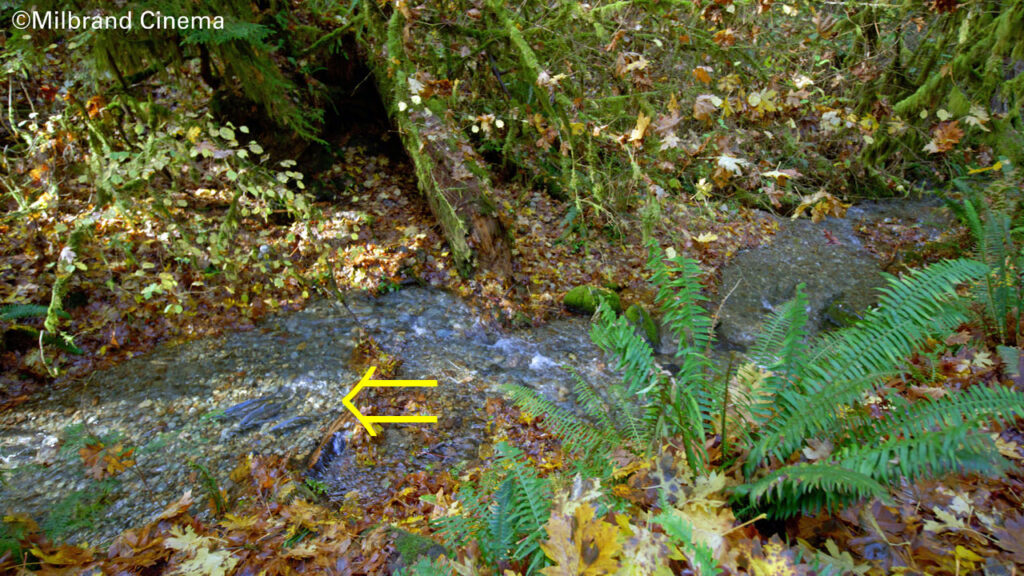
The fish below is a male chum salmon, he is surrounded by two females. Salmon create a circular indentation in soft gravel for the female to lay her eggs. This gravel indentation is called a “red”. Fish can see us standing along the creek bank, and to capture this video, I used a long lens that was a good distance away.
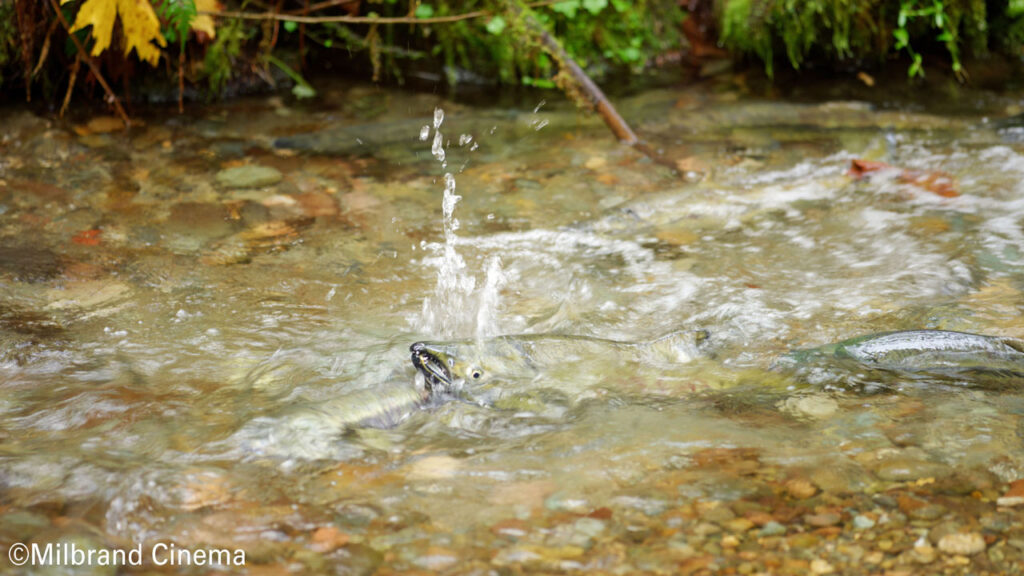
All of these fish look healthy, but after spawning, their fins and scales will begin to turn white, their flesh will deteriorate and they will become food for countless forest creatures. Their rotting bodies will line the creek banks and as they decompose, help to fertilize this ecosystem.
Snow geese, Anser caerulescens migrate to Washington State from the harsh winters in Russia. After feeding in Washington farmlands, some stay for the winter and then fly back home. Others continue their migration to feed further south and winter in Central California, before heading home.

Have you ever been to a sporting event, a large stadium where people do the wave? As the collective energy approaches, you stand up, lift your arms high into the air, and let out a long, exhaling “whew” noise, and then you lower your arms and sit back down. Snow geese invented this fun, but they keep on flying! They lift-up, one by one, and omit a chatter sound that can be heard for miles. With great instinctive care, somehow they manage not to crash into one another during take off, flight, or landing.
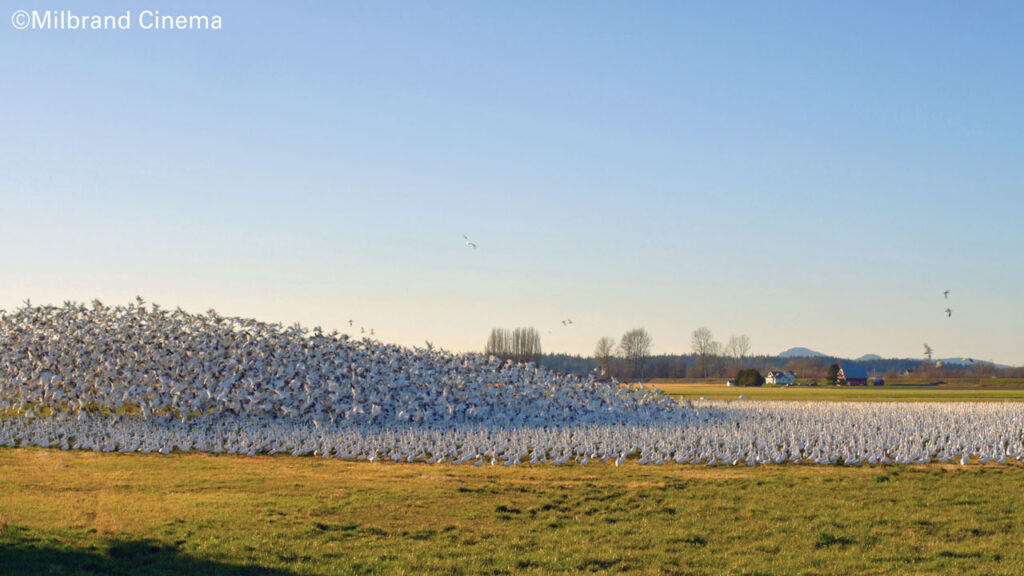
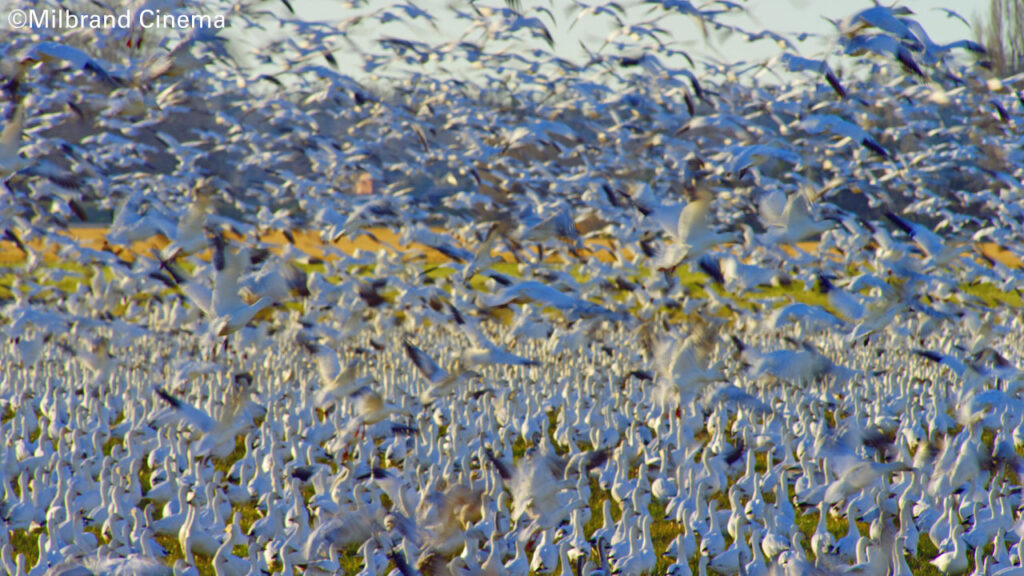
The Tree of Life can be found on the Washington coast within the Olympic National Park. It’s a Sitka Spruc tree, Picea sitchensis and the species can live to be 800-years old.
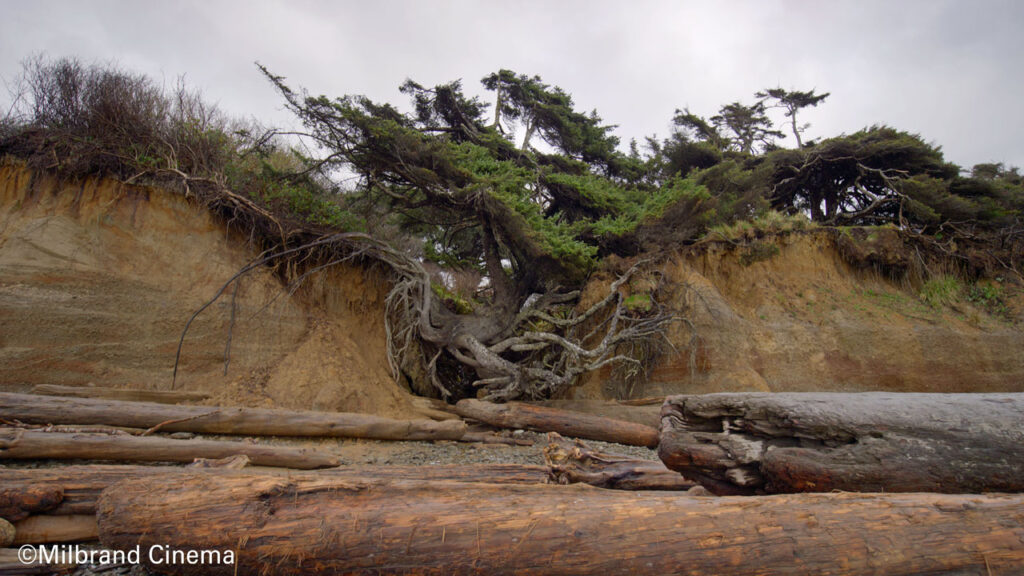
Tree roots are normally underground, but erosion from a small creek exposed its roots to the air, leaving them spanning between a narrow canyon.

To some people, the Tree of Life is a pilgrimage. The roots hold simple treasures and to others, it holds significant prayers.
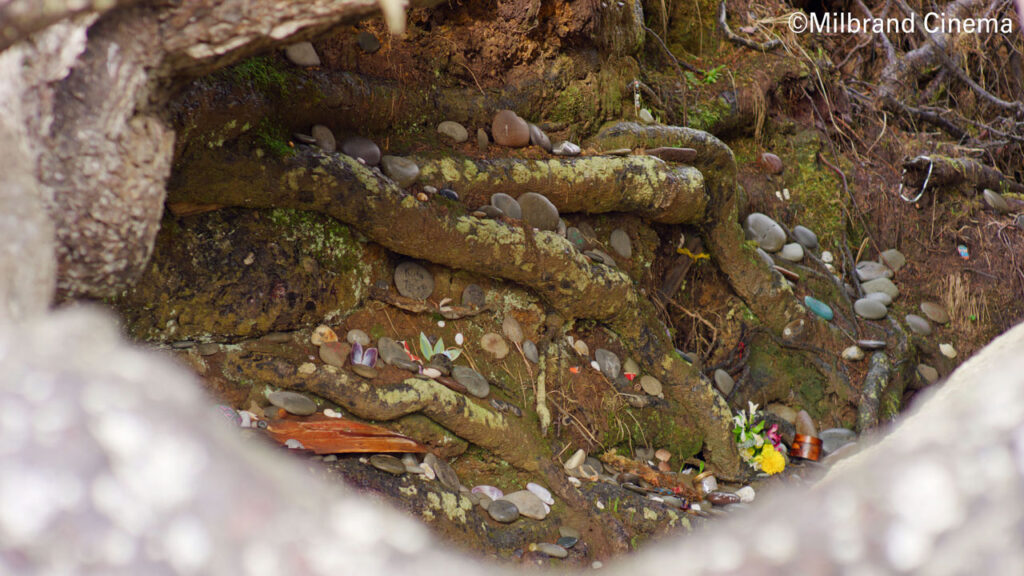
Beaches along the Olympic National Park and the Tree of Life are wide open. They offer places to walk, reflect on nature and try to determine where we all fit into the grand scheme of things.
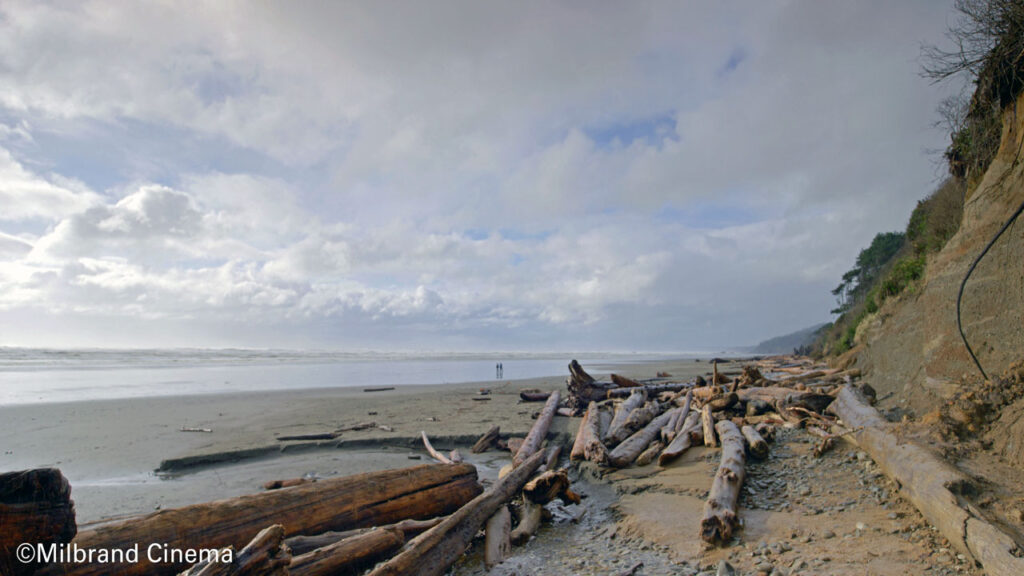
The Pacific Northwest is known for its abundant rainfall and lush temperate rainforest.

Ruby Beach is famous for its large stone formations, called sea stacks. It’s an easy walk down to the beach but one needs to climb over or navigate through a huge number of fallen trees and driftwood. It’s not too challenging and it’s fun. Signs at our hotel warn visitors to never try and stand on lumber when it’s in the surf zone. Respect the power of the ocean.
